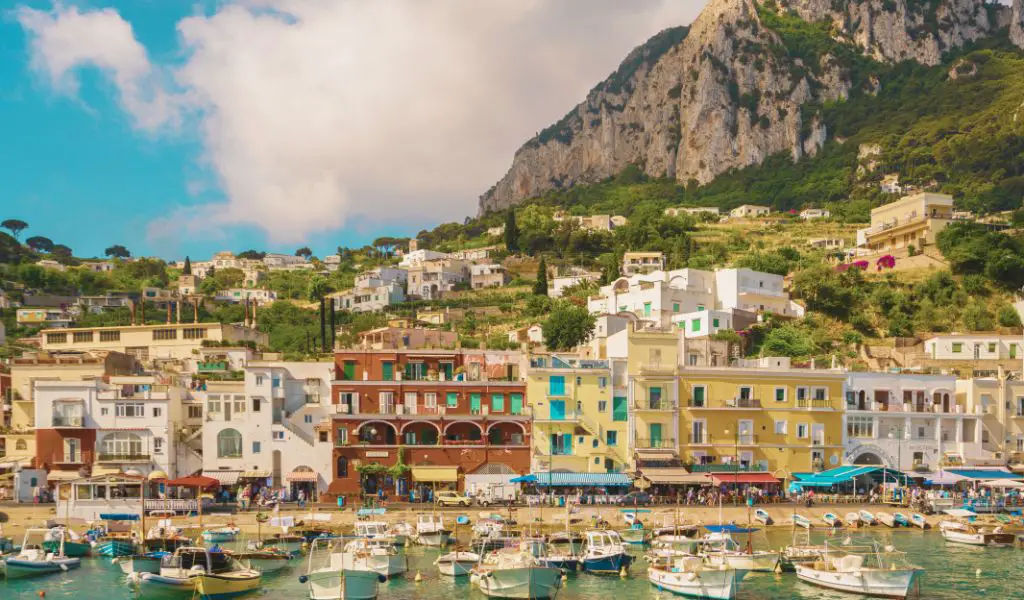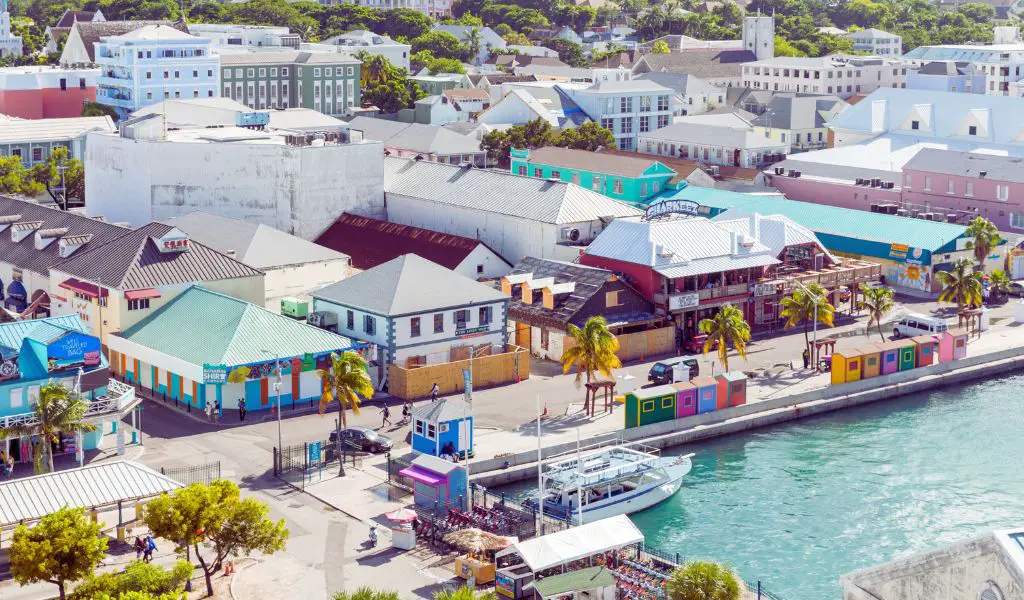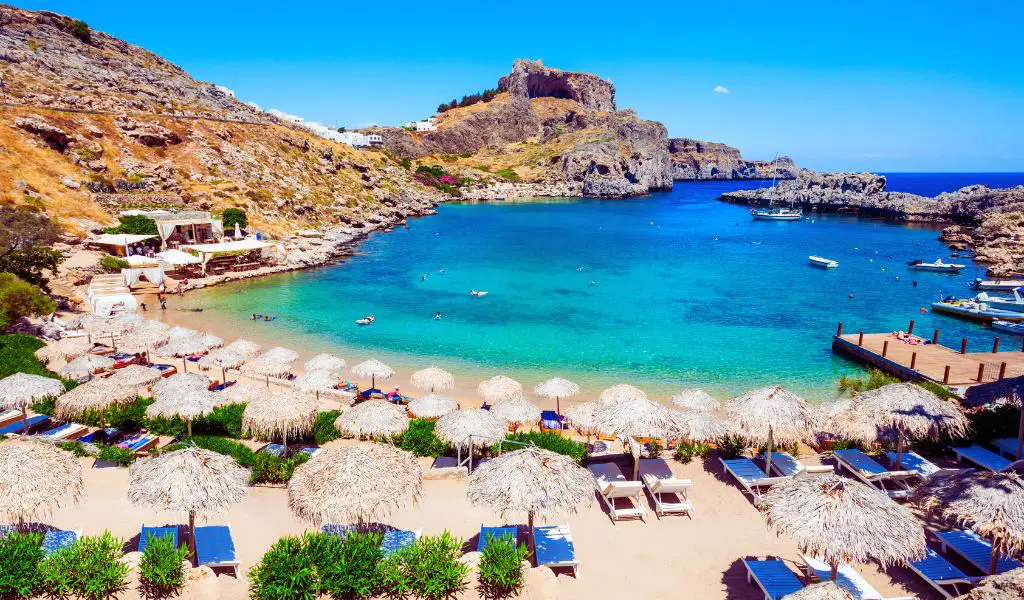The captivating island of Capri, nestled in Italy’s Tyrrhenian Sea, epitomizes the enchanting allure of the Mediterranean. Known for its rugged landscape with numerous sea cliffs, the island brims with natural beauty that’s uniquely interspersed with rich historical narratives and cultural vibrancy.
Geography
Geographically, Capri is a part of the Campania region and lies in the Gulf of Naples.
It’s comprised of limestone and sandstone rock formations that create an intriguing visual contrast against the serene blue sea.
Among its most striking geographical features are the Faraglioni, three towering rock formations that rise from the sea and have been skillfully carved by nature over millennia.
History
Historically, Capri has been a favored spot since Roman times. The Roman Emperor Augustus was so smitten by its beauty that he traded the larger island of Ischia for it.
His successor, Emperor Tiberius, later built several villas on Capri, the most famous being Villa Jovis, whose ruins still stand as a testament to the island’s regal past.
The island’s cultural heritage, encapsulated in its historical landmarks, tells fascinating stories of the past.
The Charterhouse of San Giacomo, for example, is a well-preserved medieval monastery that is now a school and a museum, offering a glimpse into the island’s rich monastic history.
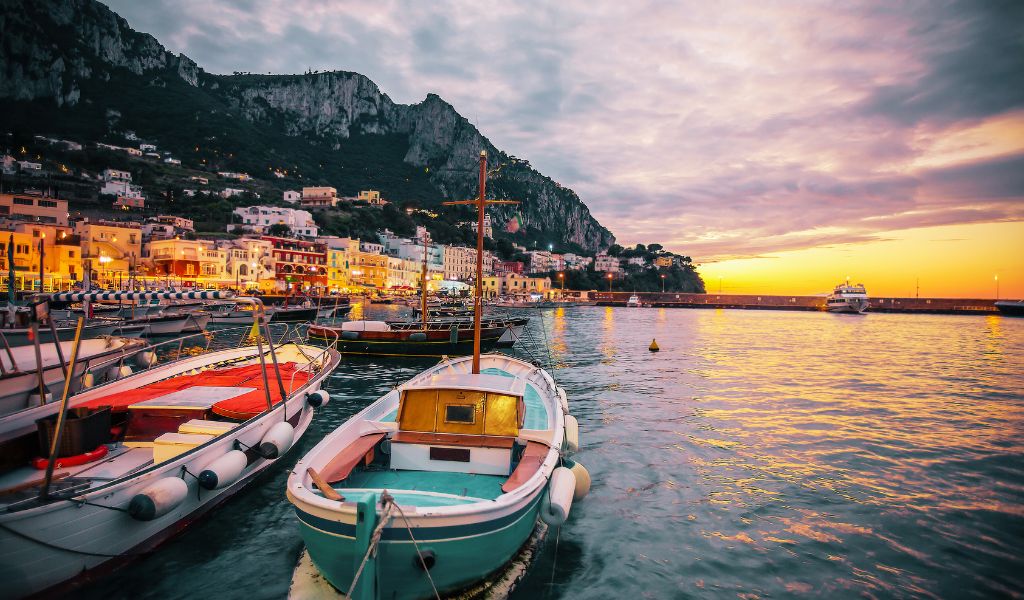
Activities
Visitors to Capri will find no shortage of activities to fill their time.
Hiking and walking trails crisscross the island, leading adventurers through a variety of terrains, from beach paths to mountainous landscapes.
Boat tours are also popular, allowing visitors to take in the island’s scenic coastline and iconic attractions like the Blue Grotto – a sea cave illuminated by an ethereal blue or emerald light.
Population
As of 2023, Capri has a permanent resident population of around 14,000 inhabitants.
Despite its small size, the island comes alive with visitors from all over the world during the peak tourist season.
When to Go
The best time to visit Capri is between April and June, and September and October.
During these periods, the weather is pleasantly warm and the island is less crowded compared to the busy summer months of July and August.
How to Get There
Capri is only accessible by sea. From Naples and Sorrento on mainland Italy, there are regular ferries and hydrofoils to the island.
The trip usually takes between 20 minutes to an hour, depending on the type of vessel.
Highlights
Key highlights of Capri include the Blue Grotto, the Faraglioni, the Piazzetta, Villa Jovis, and Monte Solaro.
These attractions offer a blend of natural beauty, history, and local culture that’s uniquely Capri.
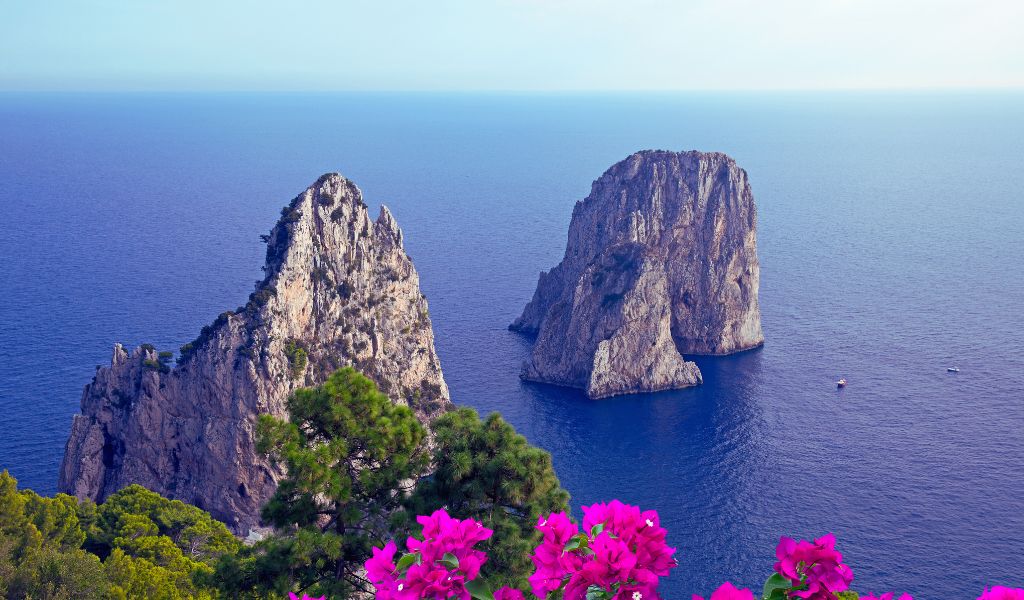
What You Should Know
While English is commonly spoken in tourist areas, learning a few basic Italian phrases can enhance your experience.
It’s also worth noting that Capri is a popular destination, so booking accommodations and activities in advance is highly recommended.
FAQs
Is Capri expensive to visit?
Yes, Capri is known for its luxury and can be more expensive compared to other parts of Italy. However, budget options are available for accommodation and dining.
Is Capri suitable for families?
Absolutely. Capri offers a variety of activities suitable for all ages, making it a great destination for families.
How long should I stay in Capri?
While you can explore the main attractions in a day, it’s recommended to stay for at least two to three days to fully experience the charm of Capri.

